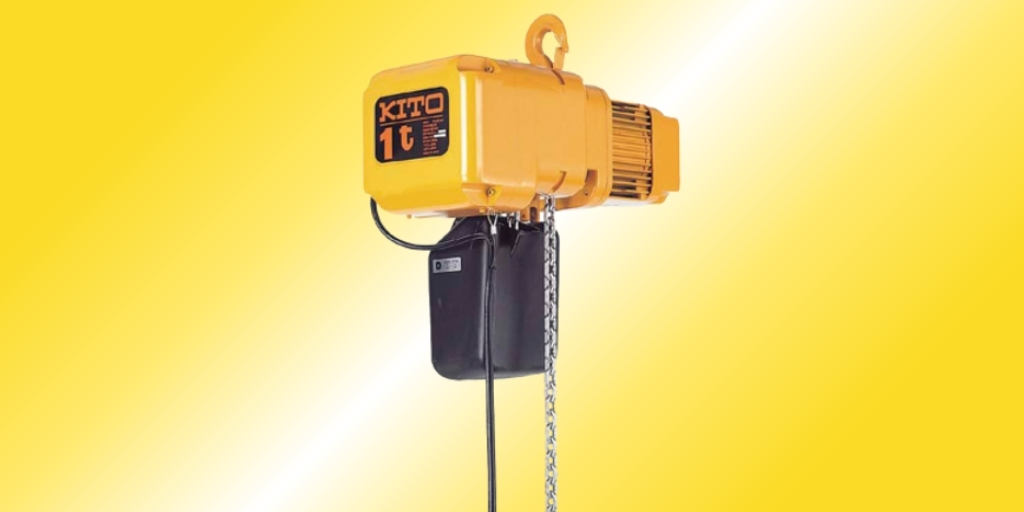
Buying an electric hoist is more than a simple purchase—it’s a major investment in the safety, efficiency, and productivity of your operation. Whether you work in a warehouse, on a construction site, or in a manufacturing facility, choosing the wrong hoist can result in costly downtime, safety risks, and frequent maintenance. To help you make the best decision, here are the top 5 questions to ask before buying an electric hoist.
1. What Load Capacity Should Your Electric Hoist Handle?
Determining the right load capacity is the first step when buying an electric hoist. Always consider the heaviest loads you will lift regularly, not just occasionally.
Static vs dynamic loads
A static load requires less control than a swinging or shifting load. For dynamic applications, choose a hoist with extra precision and stability.
Planning for future scalability
If your operations are likely to grow, select a model with capacity that allows for increased lifting requirements over time. Oversizing slightly can prevent costly upgrades later.
2. What Lift Height and Duty Cycle Do You Require?
Lifting height and duty cycle directly influence the design and durability of your electric hoist. For some operations, deciding between a single or double chain configuration is also essential—learn more in our article Single vs Double Electric Chain Hoist.
Headroom and space limitations
Measure the available hook-to-hook distance carefully, especially in facilities with low ceilings or restricted headroom.
Frequency of use and motor class
Light-duty use requires less robust motors, while continuous, heavy-duty cycles demand higher heat resistance and more durable components.
3. What Power Supply and Controls Are Available?
Electric hoists come in different voltage and phase options. Ensuring compatibility with your facility’s power supply is essential. See our full range of electric hoists to explore models that fit your requirements.
Single-phase vs three-phase
Single-phase hoists work well for lighter, occasional use. Three-phase power is recommended for industrial environments with frequent, heavy lifting.
Control options: pendant vs remote
Pendant controls are standard, but wireless remote controls improve safety and flexibility. Dual-speed controls offer more precise load positioning.
4. What Environment and Mounting Conditions Apply?
The environment where your electric hoist operates affects its lifespan and safety performance.
Indoor vs outdoor
Outdoor hoists require weather protection and higher IP ratings to withstand dust and moisture.
Temperature, humidity, and corrosion factors
For chemical plants or humid areas, select corrosion-resistant materials and sealed components to prevent damage and downtime.
5. What Warranty, Maintenance, and Costs Should You Expect?
Looking beyond the purchase price helps you understand the real long-term value of your electric hoist.
Manufacturer coverage
Review warranty details to confirm what’s covered: motor, brake, controls, and structural parts.
Total cost of ownership
Factor in replacement parts, scheduled maintenance, and technician availability. A lower upfront price can sometimes mean higher long-term costs.
Choosing the Right Electric Hoist for Your Needs
An electric hoist is more than just a piece of equipment—it’s a strategic investment that impacts safety, productivity, and long-term efficiency. By asking these five key questions before you buy, you can avoid costly mistakes and ensure the hoist you select truly matches your lifting requirements.
At Hoists Protech, we provide expert guidance, certified equipment, and tailored solutions—whether you need a standard electric hoist or a custom-built system. With our team, you benefit from reliability, compliance, and fast delivery across the U.S.
Ready to make the right choice? Contact Hoists Protech today and speak with one of our specialists to find the electric hoist that best supports your operation.
